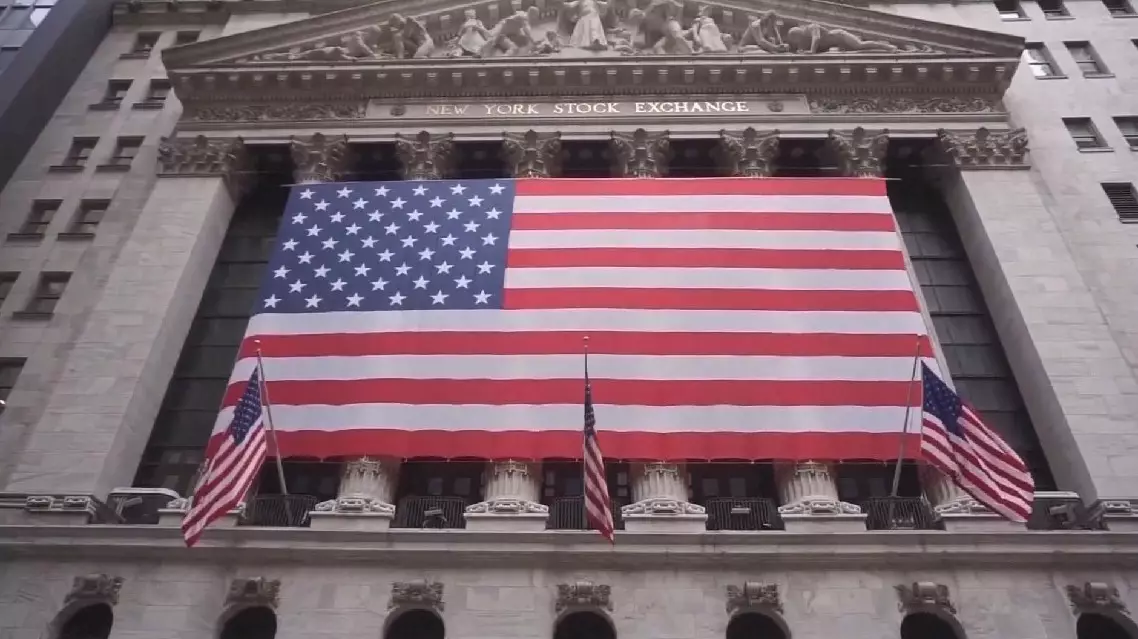All three major U.S. stocks ended higher on Friday, accompanied by significant increases in international oil and gold prices, driven by renewed optimism around President-elect Donald Trump's economic policies and heightened geopolitical tensions in Eastern Europe.
Trading related to Trump's economic policies saw a resurgence, with cyclical stocks related to consumption, finance, automobile, and energy sectors showing strong gains. The Dow Jones Industrial Average, which is dominated by industrial stocks, rose 426.16 points, or 0.97 percent, to 44,296.51, hitting a new record high on Friday. The S&P 500 added 20.63 points, or 0.35 percent, to 5,969.34. The Nasdaq Composite Index increased 31.23 points, or 0.16 percent, to 9,003.65.
However, some tech and AI-related stocks underperformed, dragged down by Nvidia, although the three major U.S. stocks still posted overall gains for the week.
In the oil futures market, factors such as the potential extension of the "OPEC+" voluntary production cut agreement, rising geopolitical tensions in Eastern Europe, and a temporary production halt at Western Europe's largest oil field contributed to the rise in international oil prices last week.
On Friday, Brent crude futures rose by 0.94 U.S. dollars, or 1.3 percent, to settle at 75.17 U.S. dollars per barrel, while U.S. crude futures increased by 1.14 U.S. dollars, or 1.6 percent, to settle at 71.24 U.S. dollars per barrel. Both posted weekly gains of around 6 percent. In the precious metals market, the U.S. dollar index fell last week, while increased geopolitical tensions in Eastern Europe fueled a rise in investor risk aversion, leading to a significant 6.5 percent increase in international gold prices last week.
Recently, U.S. inflationary pressure has shown signs of resurgence. Investors this week are focusing on the U.S. Personal Consumption Expenditures (PCE) Price Index data for October, while also assessing the potential for further inflationary pressures tied to Trump's possible policy initiatives.
Currently, market expectations suggest a more than 40 percent chance that the Federal Reserve will pause rate cuts in December. Given that the Fed's November rate decision was announced after Trump's election victory, investors are interested in whether this week's minutes from the Federal Open Market Committee will reveal any discussions by Fed officials about the impact of the election outcome on the U.S. economic outlook.
In Europe, this week will see the release of the Eurozone's preliminary Consumer Price Index (CPI) data for November. Eurozone inflation is currently hovering around the European Central Bank's long-term target of 2 percent.
However, manufacturing and service sector activity has fallen into contraction, particularly in Germany and France, where service sector activity is accelerating its decline. The euro recently fell to its lowest level against the U.S. dollar in two years. The market expects that the European Central Bank may cut interest rates by 50 basis points at its December meeting to stimulate economic activity.

US equities, commodities rise amid mixed economic signals, geopolitical indicators









